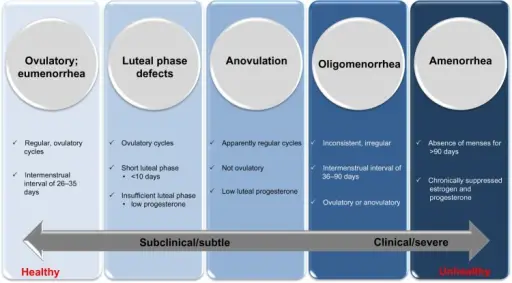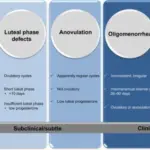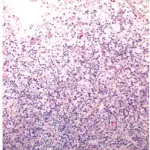Inadequate luteal phase is a condition which happens if the ovaries do not release enough progesterone, or if the lining of the uterus doesn’t respond to the hormone.
What is the Pathology of Inadequate Luteal Phase?
The pathology of inadequate luteal phase is:
-Etiology: The cause of inadequate luteal phase is anorexia or endometriosis
-Genes involved: None.
-Pathogenesis: The sequence of events that lead to inadequate luteal phase are: diminished FSH secretion in the early follicular phase is induced by administration of porcine follicular fluid rich in inhibin led to inadequate luteal progesterone secretion.
-Morphology: The morphology associated with inadequate luteal phase shows abdominal pain.
-Histology: The histology associated with inadequate luteal phase shows small glands.
How does Inadequate Luteal Phase Present?
Patients with inadequate luteal phase typically females of any age. However, progesterone levels drop as women are closer to menopause. The symptoms, features, and clinical findings associated with inadequate luteal phase include spotting, bloating, weight gain, and mood changes.
How is Inadequate Luteal Phase Diagnosed?
Inadequate luteal phase is diagnosed by blood tests for follicle-stimulating hormone (FSH) and luteinizing hormone (LH).
How is Inadequate Luteal Phase Treated?
Inadequate luteal phase is treated by: clomiphene citrate to stimulate follicular growth, progesterone injection, human chorionic gonadotropin to help ovulation.
What is the Prognosis of Inadequate Luteal Phase?
The prognosis of inadequate luteal phase is good. No morbidity or mortality has been associated with this condition.



